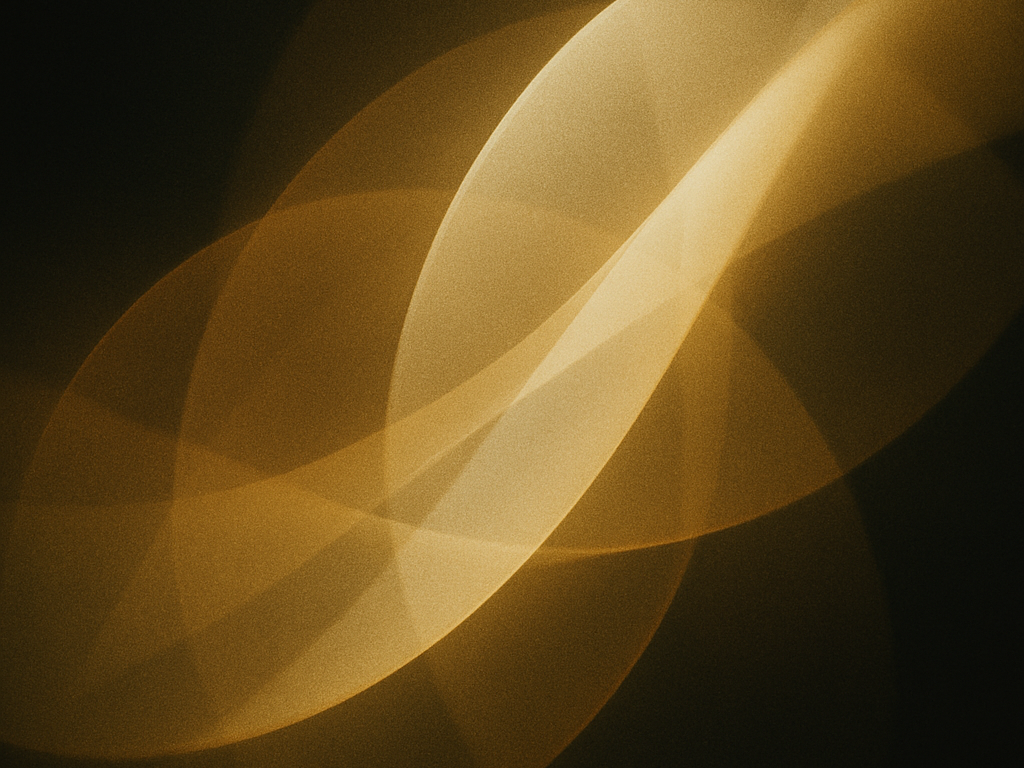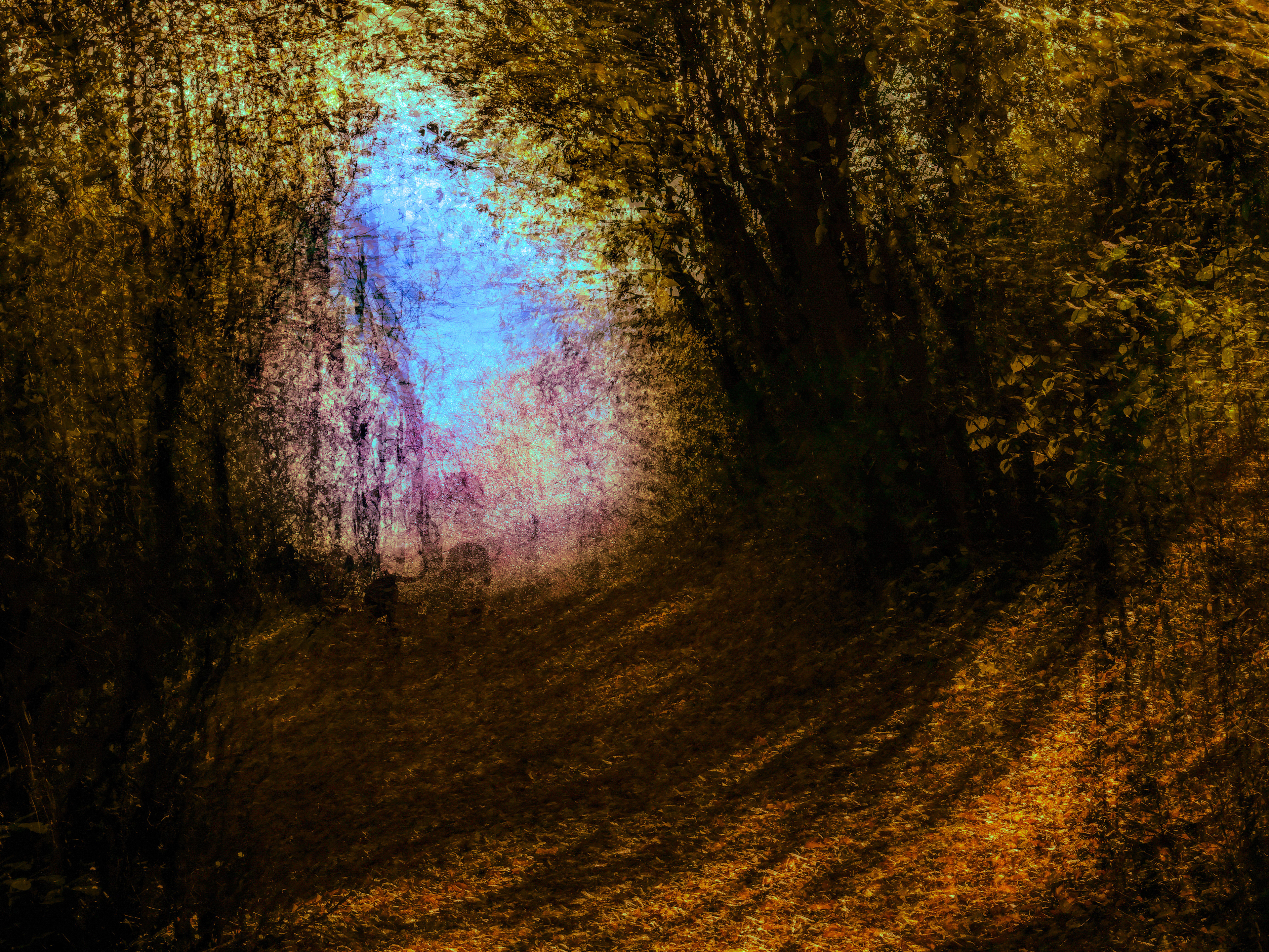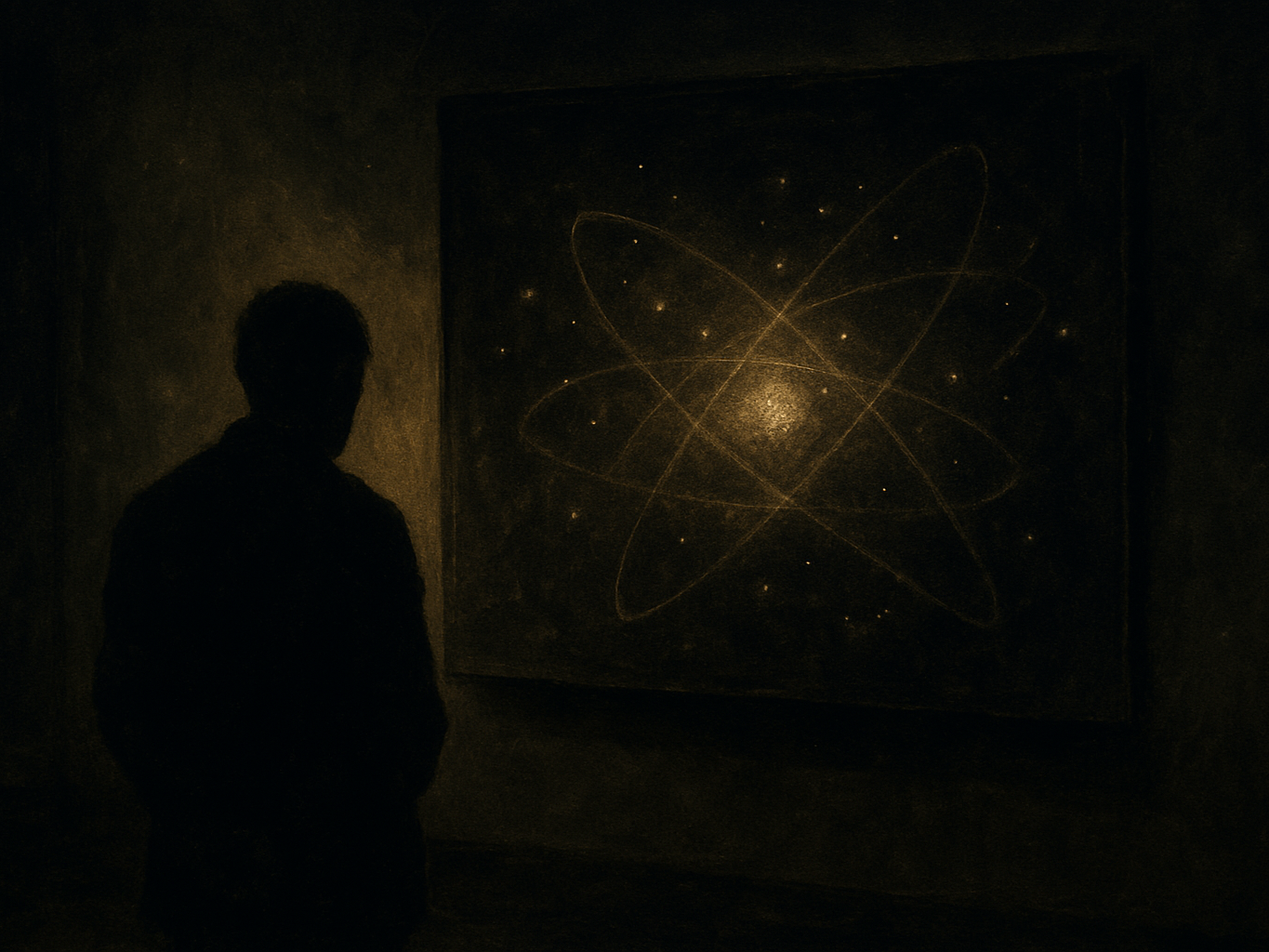The Touch of Art
---
I. Introduction – The Rhythm of Acceleration
Art history often unfolds as a narrative of progress—sacred to personal, mythical to conceptual. Yet beneath this flow lies another current: a steady quickening.
From the stillness of cave walls to the shimmer of digital screens, the tempo has shifted. What was once waiting and devotion now appears as pulse and flash. In the stream of images, presence dissolves into performance.
Modernity fractured. Postmodernity multiplied. The digital compressed time into seconds. Art now appears in a gesture of scrolling, a glimpse, a spark that fades before it resonates.
Yet the touch of art does not seek competition.
It holds.
It rests in the time it creates.
It holds.
It rests in the time it creates.
To encounter art requires slowness.
Slowness as depth, not delay.
Slowness as return, not nostalgia.
Slowness as depth, not delay.
Slowness as return, not nostalgia.
The path toward touch begins here.
---
II. The Postmodern Threshold
Postmodern thought revealed the machinery of meaning. It showed the illusions of authorship, the power of ideology, the seduction of representation. It was an unveiling.
But the unveiling left behind a field of fragments: quotation, irony, echo. Gesture became citation, presence became concept. The viewer learned to decode rather than to dwell.
In this threshold, touch seemed distant. The body retreated, the voice dissolved into layers of reflection. The eye floated above the surface rather than sinking into it.
What remained was awareness of absence—like reaching for a hand that does not return the pressure.
And yet—this absence was a necessary space. A clearing, an opening. Postmodernity prepared the ground, even if it did not offer what it had set aside.
The threshold still waits to be crossed.
---
III. The Touch of Art – A Different Foundation
What if a work of art is not a message, but an occasion?
What if creation means becoming present, rather than sending meaning forward?
What if creation means becoming present, rather than sending meaning forward?
The touch of art begins here.
It appears when presence meets presence, when something vibrates in the interval between the work and the one who attends it—like the quiet resonance of a string you did not strike, yet begins to sound.
It appears when presence meets presence, when something vibrates in the interval between the work and the one who attends it—like the quiet resonance of a string you did not strike, yet begins to sound.
The work is no longer a vessel, but a resonance.
A painting, a photograph, a poem, a gesture—alive in the moment of contact.
A painting, a photograph, a poem, a gesture—alive in the moment of contact.
To see in this way is not to search harder, but to become available.
To listen with the whole body.
To let the eyes rest, the breath slow, the skin register the tremor of silence.
To listen with the whole body.
To let the eyes rest, the breath slow, the skin register the tremor of silence.
---
IV. Slowness as Practice
In a culture of acceleration, slowness is not weakness—it is resistance.
To slow down protects depth. It opens space where art can breathe, where silence can stretch, where fragility may appear.
Some works resist speed. They do not ask for quick recognition, but for time to ripen in the gaze—like a candle flame that reveals its layers only if you stay long enough to see them flicker.
Such works do not perform for attention. They create a space where attention rests, where breathing falls into rhythm with the image before you.
Slowness is practice.
It is the soil of presence.
It allows touch to emerge.
It is the soil of presence.
It allows touch to emerge.
Because the touch of art is not about receiving more, but about feeling more deeply.
Not about collecting meaning, but about allowing transformation.
Not about collecting meaning, but about allowing transformation.
---
V. Tactus and Retractus – The Movements of Presence
Every encounter carries two possibilities.
Tactus is the breath of the work that reaches us—the subtle moment of relation, like when a painting suddenly seems to breathe with you.
Retractus is the breath held back—the moment when presence withholds, when distance remains, as if the image watches you but does not step closer.
Neither is failure. Both belong to the dignity of art.
The work does not force relation. It offers the possibility of it.
And in this possibility, the viewer becomes witness.
The work does not force relation. It offers the possibility of it.
And in this possibility, the viewer becomes witness.
The measure of art is not in what it says, but in how it waits.
---
Conclusion – Silence as Gesture
The touch of art does not seek a movement or a manifesto.
It opens a way of attending.
It opens a way of attending.
In the flood of images and voices, its gesture is silence.
A silence that listens.
A silence that touches.
A silence that remains.
A silence that listens.
A silence that touches.
A silence that remains.



